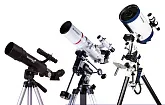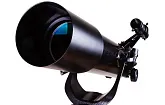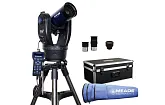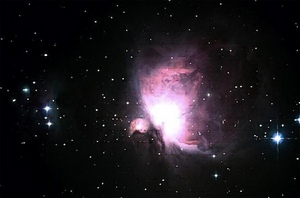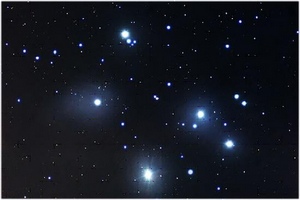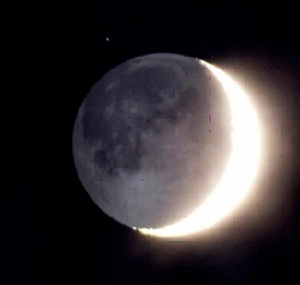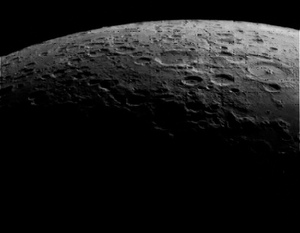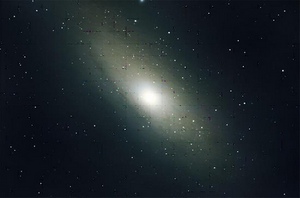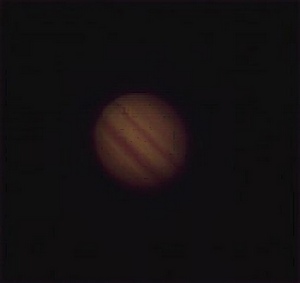Top 5 most beautiful celestial objects that can be seen with your telescope
Orion nebula. This is a very bright object. With a naked eye this nebula may be observed as a dim glow; with binoculars, as a small bright cloud. But actually, this cloud is so big that the amount of matter within it would be enough for a thousand Suns and over 300,000,000 Earths.
Pleiades star cluster. Located in the constellation of Taurus, Pleiades contains over 1,000 stars, but of course, you can’t see them all from Earth. The blue halo around the cluster is caused by dust reflecting the blue light of the brightest stars of the star cluster.
The Moon. To the naked eye the Moon looks like a bright crescent. Dark spots are lunar maria, while brighter areas are called highlands. During the full moon you can easily see these features on the lunar surface.
Lunar surface. Craters are very prominent. To see the American flag or the Soviet rover you would need an immense telescope with a mirror that is hundreds of meters in diameter. Since such a telescope doesn’t exist yet, you’ll have to travel to the Moon if you really want to see these things.
Andromeda Galaxy is one of the nearest galaxies to our Milky Way galaxy. Well, near is relative, of course; it’s actually approximately 2.5 million light-years away from Earth. Because it is so far away, what we see now is actually what the galaxy looked like 2.5 million years ago, when Homo habilis first made his appearance in the world. We have no way of knowing what Andromeda Galaxy looks like now.
And finally…
Do you know what it is? That’s right, it’s Jupiter! And you can see it with your telescope. Along with Venus, Saturn, Uranus and Neptune, and many other celestial objects. Stargazing is best done as far away from city lights as reasonably possible. But even in the city you will be able to see many wonders. We recommend you start your stargazing with simple model, and only after you feel at ease with a telescope, to move on to moreadvanced models. Choosing the first telescope may be hard, so you’d better consult an experienced astronomer. If you visit one of your local astronomy club meetings you will be able to see some of the wonders of the cosmos for yourself and talk to professionals about astronomy.
Any reproduction of the material for public publication in any information medium and in any format is prohibited. You can refer to this article with active link to levenhukb2b.com.
The manufacturer reserves the right to make changes to the pricing, product range and specifications or discontinue products without prior notice.
